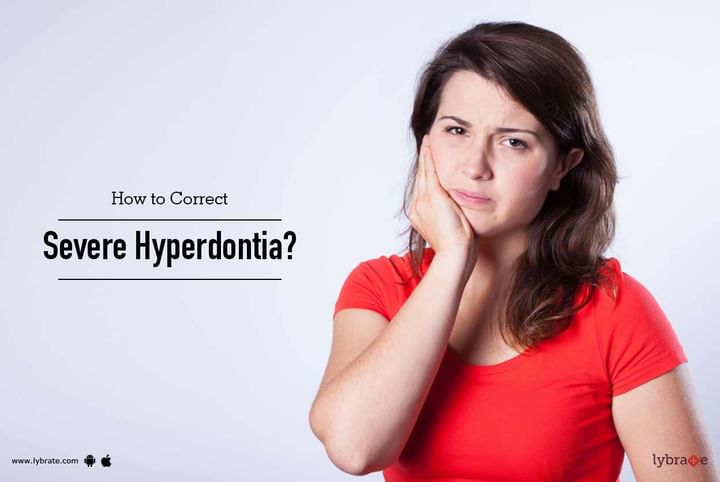Get the App
For Doctors
Login/Sign-up
Last Updated: Jan 10, 2023
BookMark
Report
How to Correct Severe Hyperdontia?
Hyperdontia is an oral condition where people may have an overcrowding of teeth in their mouths due to the growth of extra teeth which are known as supernumerary teeth, in dental terms. This problem may hit people of any gender, background and medical history. This is caused when an extra tooth bud is found in the tissue from which the teeth typically grow. The most common cases are those that affect children who are already suffering from Down's Syndrome.
This article will tell you all about coping with and correcting the issue:
- Problems Experienced: Let us first understand the various problems that a patient may experience. To begin with, there may difficulty when it comes to eating and chewing as too many teeth will make this task cumbersome. Also, this condition may prevent the normal teeth eruption process. Further, these teeth may fuse with the permanent teeth in the mouth of the patient. And finally, all this can also lead to the formation of a cyst or tumour.
- Check Ups and Diagnosis: In order to treat this problem, the dentist will first of all conduct a thorough check up of the mouth of the patient and try to find the exact cause of the ailment. This will also be done with the help of lab tests based on blood samples as well as a dental X-ray. Further, the most important thing that the dentist will try to check is whether or not the supernumerary teeth are affecting the growth of the permanent teeth, in any way.
- Tooth Extraction: Once the dentist has had a look at the problem, he or she will be in a better position to take a call regarding whether or not the supernumerary teeth need to be removed. In most cases, these teeth will not be removed unless the said tooth is loose, which in turn can present the risk of choking by passing into the lungs. If tooth extraction has been decided upon, then the orthodontist or the dentist will do so by administering local anaesthesia first. Depending on the severity of the condition, the tooth may have to be cut and removed in pieces while the doctor has to ensure that there is enough space left for the permanent teeth to grow and find a place for themselves.
- Alignment: After the process of extraction is done, the dentist has to ensure that there is proper alignment of the teeth with the help of proper orthodontic methods for the remaining teeth to grow in a proper manner. Endodontic treatment will be used for fused treat in order to work on the tooth pulp and tissue in the surrounding area.



+1.svg)
